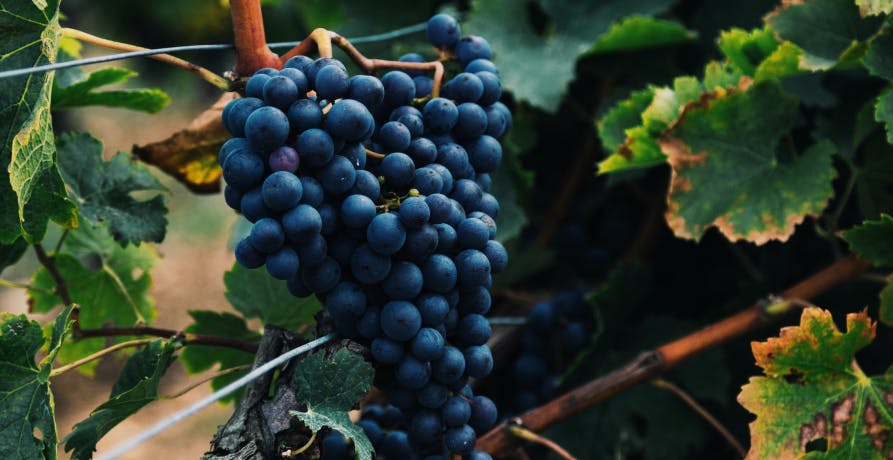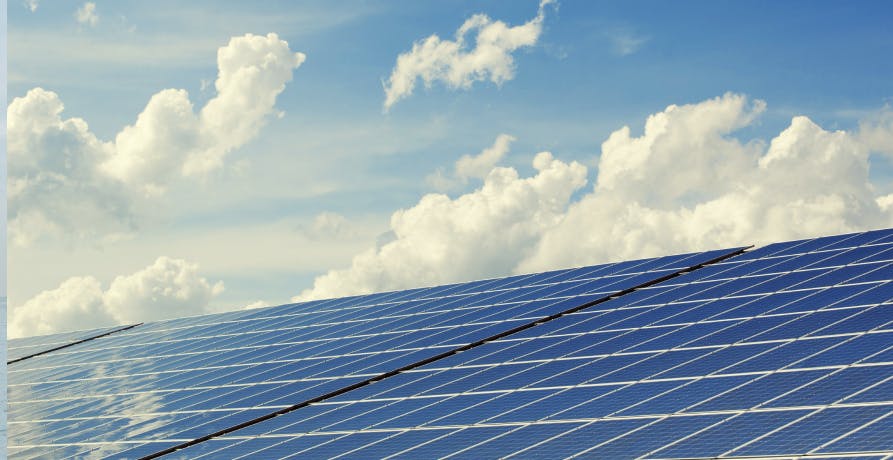
Comprendre les scopes d’émissions 1, 2 et 3
Pour évaluer correctement son empreinte carbone, une entreprise doit étudier ses scopes d'émissions 1, 2 et 3. Mais de quoi s'agit-il ?
ESG / RSE
Secteurs d'activité

Pour évaluer correctement son empreinte carbone, une entreprise doit étudier ses scopes d'émissions 1, 2 et 3. Mais de quoi s'agit-il ?

Envie de soutenir une entreprise vraiment éthique ? Découvrez les signes qui ne trompent pas pour repérer les entreprises qui font rimer business avec conscience.

Les entreprises à impact positif sont de véritables accélérateurs de la transition écologique et sociale. Quels sont leurs spécificités ? Comment en devenir une ? Explications.

Les jeux Olympiques de Paris 2024 ont affiché une ambition forte au sujet de leur impact environnemental. Mais qu'en est-il ?

Le réchauffement climatique menace la viticulture française. Quel avenir pour le vin ? Quelles solutions pour s’adapter ? Découvrez les réponses.

Les panneaux solaires transforment le soleil en électricité. Écologiques et économiques, que devez-vous savoir avant d’installer ces solutions durables ?
Derniers articles

Qu'est-ce que le règlement ESPR, et en quoi ce dernier constitue-t-il un formidable levier pour l'évolution de votre entreprise ? Greenly vous dit tout.

Pour simplifier, la batterie utilise un électrolyte solide (en polymère, en céramique ou en composite) pour faire circuler l'énergie entre leurs électrodes.

En 2025, le TOP 5 des meilleurs logiciels VSME en 2025 est : 1.Greenly, 2.CONSUST FramesCube, 3.Diligent ESG, 4.Plan A et enfin 5.Daato.

En 2025, Les meilleurs logiciels pour se conformer aux normes IFRS sont : 1. Greenly ; 2. Workiva et 3. Persefoni.

Les concerts, comme tant d'autres événements, sont synonymes d'empreinte carbone. Ce qui ne signifie pas qu'ils ne peuvent pas se réinventer.

La loi Duplomb embrase le débat public, au point d'en faire oublier le problème plus global qui se pose. Contexte, contenu et décryptage. C'est par ici.

L’éco-branding ne consiste pas simplement à apposer une feuille sur un logo ou de le décorer d’un fond vert, – c'est aussi remettre en question les pratiques.

Le risque de tsunami en Méditerranée est réel - quoique malheureusement méconnu. D'où l'importance de le comprendre et de se préparer.

Après épuration (élimination du soufre, de l’eau et du CO₂), le biogaz devient du biométhane, un gaz aux propriétés identiques à celles du gaz naturel.

Notre langage industriel est très complexe, mais la nature dit bien davantage avec moins de mots et une syntaxe plus simple (source : Cairn, 2018).

Une notation extra-financière est attribuée à une entreprise par une agence, sur la base de critères non financiers (comme l'environnement, le social, etc.).

La certification Cradle-to-Cradle® évalue les produits selon 5 grands critères : qualité des matériaux, circularité, énergie, eau & sols, et équité sociale.